by Jake Nevins
Media cognoscenti have been forecasting the death of long-form journalism for at least a decade now, and you can’t blame them. As readers moved from print to the internet, fewer publications have invested the time and money necessary to produce the kind of dense, narrative non-fiction that once took up the pages of most major American magazines. Our attention spans, too, have dwindled, increasingly dictated by the number of characters allotted in a tweet.
But in spite of these grim developments, the death knell may have been sounded prematurely. Not only has 2018 been something of a banner year for journalism of both the long and short variety, but there’s been an uptick in non-fiction articles being adapted for film and television. While it’s true this may speak more to the robust state of on-screen media (and its trigger-happy approach to adapting books, podcasts, and even songs), than it does some kind of long-form renaissance, it’s also a reaffirmation that, even in the age of clickbait, there’s still a voracious appetite for non-fiction that’s shorter than a book but longer than a tweet.
‘Making music is about making assets for social media’: pop stars battle digital burnout
Exhibit A is Jessica Pressler’s New York magazine piece on the socialite grifter Anna Delvey, who pulled off a brilliant and deranged scam on New York City’s top brass before her luck, and money, ran out. The story went viral in a day, and in about as much time Shonda Rhimes had acquired the rights to it for a Netflix series. Soon after, Vulture was “dreamcasting” the show, and then Ms Delvey herself was reportedly suggesting Hollywood heavy-hitters like Jennifer Lawrence and Margot Robbie play her.
Another piece by Pressler, her 2015 NYMag story on a group of strip club employees who turn the tables on their wealthy Wall Street clientele, recently got the go-ahead from Annapurna Pictures, with Jennifer Lopez starring as their ringleader. That same week, Ben Affleck and Matt Damon announced they’d be teaming up to adapt a Daily Beast article by Jeff Maysh about a former cop who rigged McDonald’s Monopoly to the tune of $24m in cash and prizes. They reportedly beat out Kevin Hart, Steve Carell and Robert Downey Jr for the rights. And that’s just what’s in the pipeline.
September will mark the release of two feature films based on works of true-crime non-fiction. The first is White Boy Rick, the story of Richard Wershe, an unlikely teenage coke kingpin in Detroit who turned out to be an FBI informant snitching on the very customers to whom he dealt. It was Evan Hughes’s masterful 2015 piece for The Atavist, a National Magazine award finalist, that put White Boy Rick on the map. Wershe is himself still incarcerated, but on the big-screen he’ll be played by Richie Merritt, with Matthew McConaughey playing White Boy Rick’s father.
A few weeks later comes The Old Man & The Gun, adapted by David Lowery from David Grann’s 2003 New Yorker article of the same name. It stars Robert Redford as Forrest Tucker, a legendary bank robber and stickup man who escaped jail no less than 20 times. The original piece has all the best elements of a Grann story: the human interest mixed with the investigative, structured and paced like a Hollywood thriller. So it’s no wonder much of his work has been optioned for film and television, including his book Killers of the Flower Moon, a Martin Scorsese-Leonardo DiCaprio adaptation of which is said to begin filming early next year, and The Lost City of Z, released last year to mostly positive reviews.
In view of all this, it should come as no surprise that there’s already a film in development about what was perhaps the biggest story in journalism this past year: the New York Times’ investigation into allegations of decades-long sexual abuse against Harvey Weinstein. The rights to a film about Jodi Kantor and Megan Twohey’s reporting on the disgraced Hollywood executive were purchased by Plan B, Brad Pitt’s production company, and Annapurna, which produced Phantom Thread and Barry Jenkins’ upcoming If Beale Street Could Talk.
Magazine articles-turned-films are not unprecedented; Argo, a Best Picture winner, derived from Joshuah Bearman’s 2007 Wired piece The Great Escape, and classics like Boogie Nights, Almost Famous, Shattered Glass, Adaptation, and Saturday Night Fever were all adapted from stories that ran in Rolling Stone, Vanity Fair, New York magazine, and the New Yorker. The rights for these stories can fetch up to six figures, although most sell for somewhere between $5,000-$75,000. Because of what it costs to actually make a movie, startlingly few optioned articles actually get made.
Today, however, there’s more of an infrastructure in place to facilitate the adaptation of magazine pieces for film and television. Bearman, with fellow Wired journalist Joshua Davis, created the website Epic, an online literary platform that commissions long-form non-fiction pieces that would make for good films and allows writers to retain the rights to those films. Condé Nast Entertainment, a division of the publishing behemoth that includes Vanity Fair and the New Yorker, was christened to develop film and television projects spawned from the company’s journalism.
And with fewer and fewer publications green-lighting narrative non-fiction, digital platforms like Longform and the Atavist are providing writers with alternative ways to sink their teeth into time-consuming projects. In some cases, entire production companies have been started to more easily fuse the work of reporters and screenwriters, as in the case of Page 1, the production company founded by producer-writer Mark Boal with former New York Times magazine editor Hugo Lindgren. “It’s not like we just hand over the research to the screenwriter, and they’re off and running,” Boal told the Wall Street Journal in 2016. “What it has involved is teaming reporters with our screenwriters and having them work together.”
All of which is to say long-form journalism, though far from being the sacred cow it was in the 60s and 70s, is evolving rather than dying. Increasingly, literary non-fiction is thought of not as the product itself, but as a springboard for other products. Ideally, journalists would be given the resources to write and report the stories that so often become the basis for more profitable films, TV shows, and even podcasts. But if the prospect of adaptation is what’s helping long-form journalism stave off its presumptive death, one could even say we’ve entered a boom time.
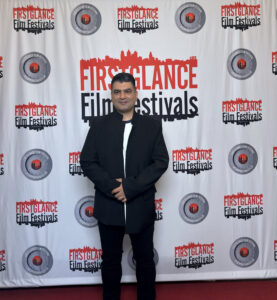
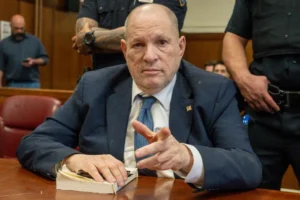
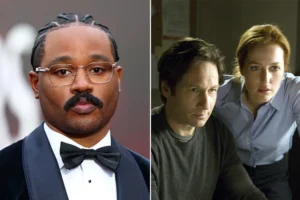




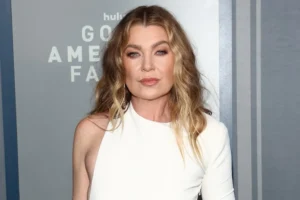
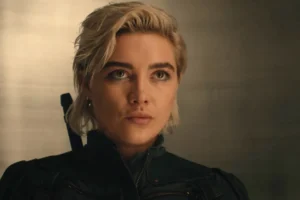


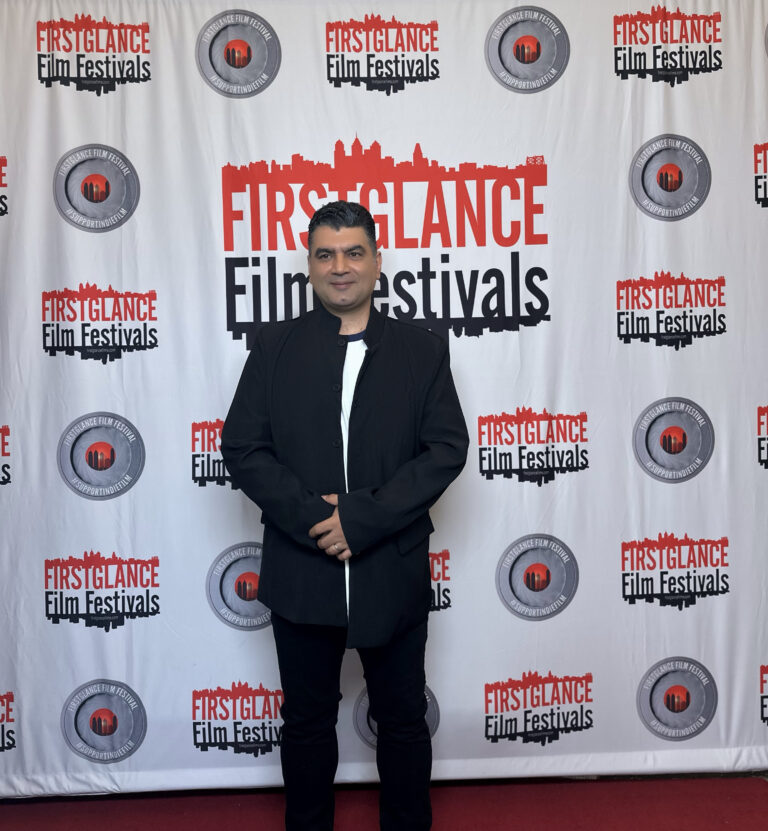
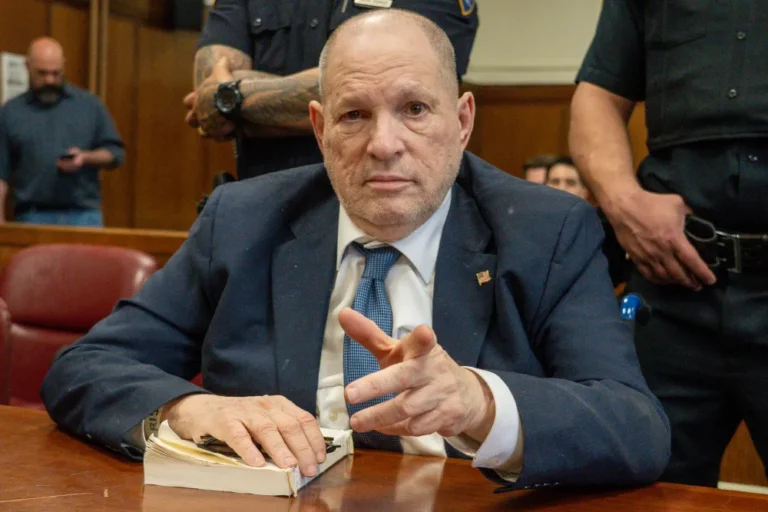



+ There are no comments
Add yours